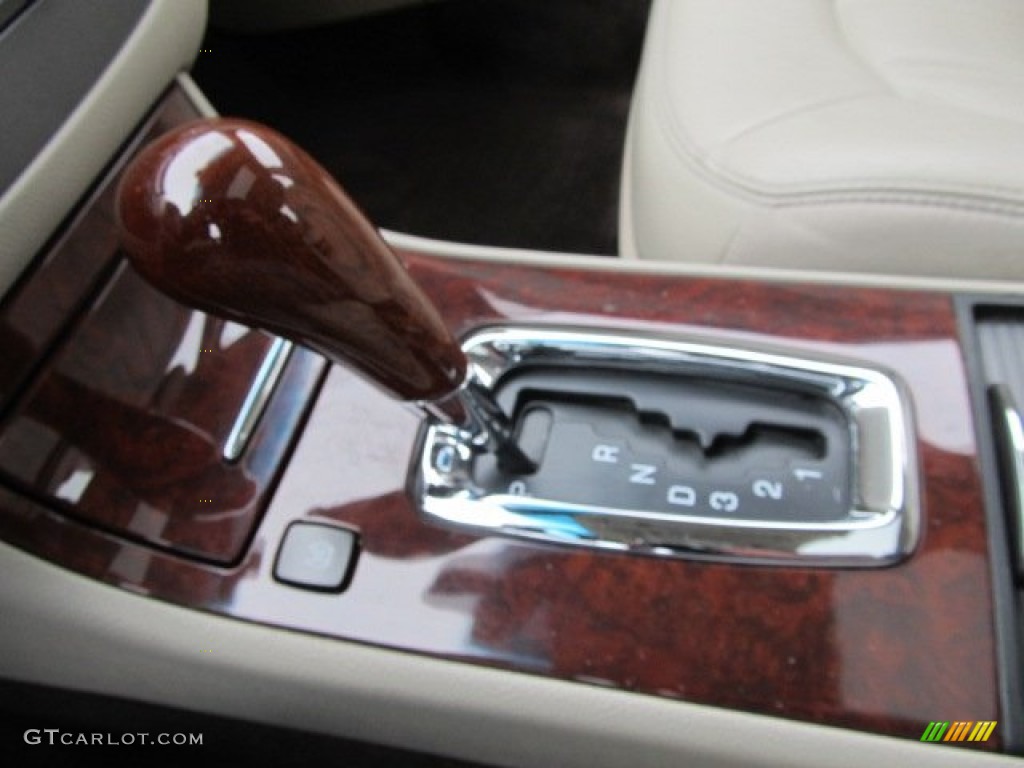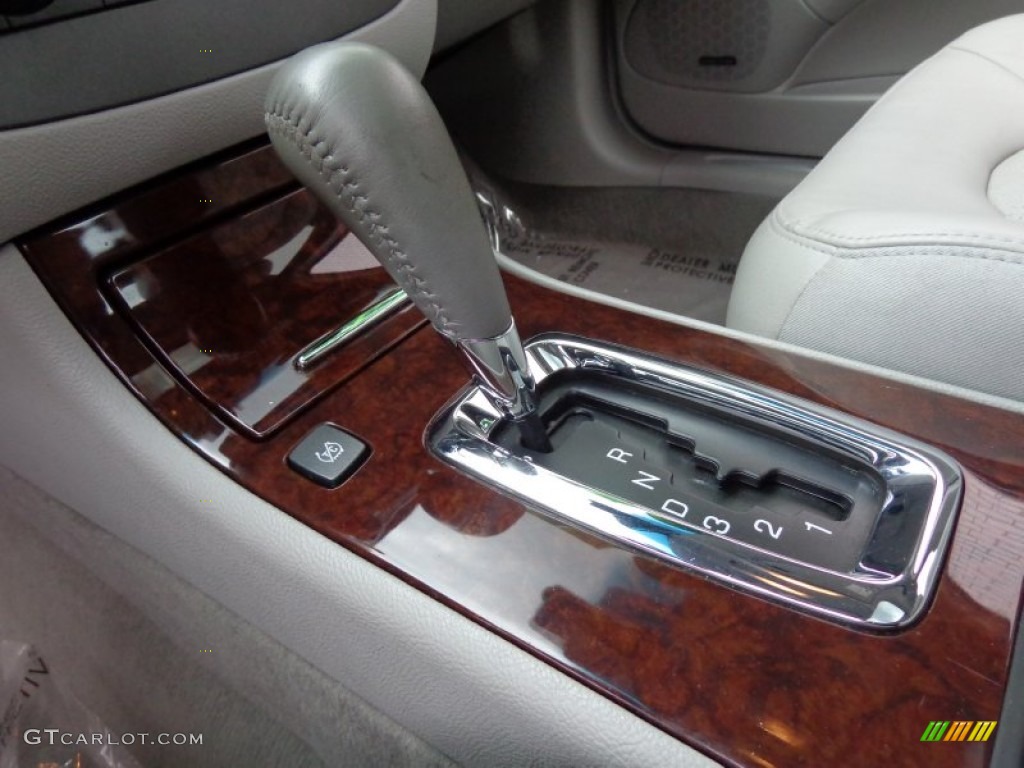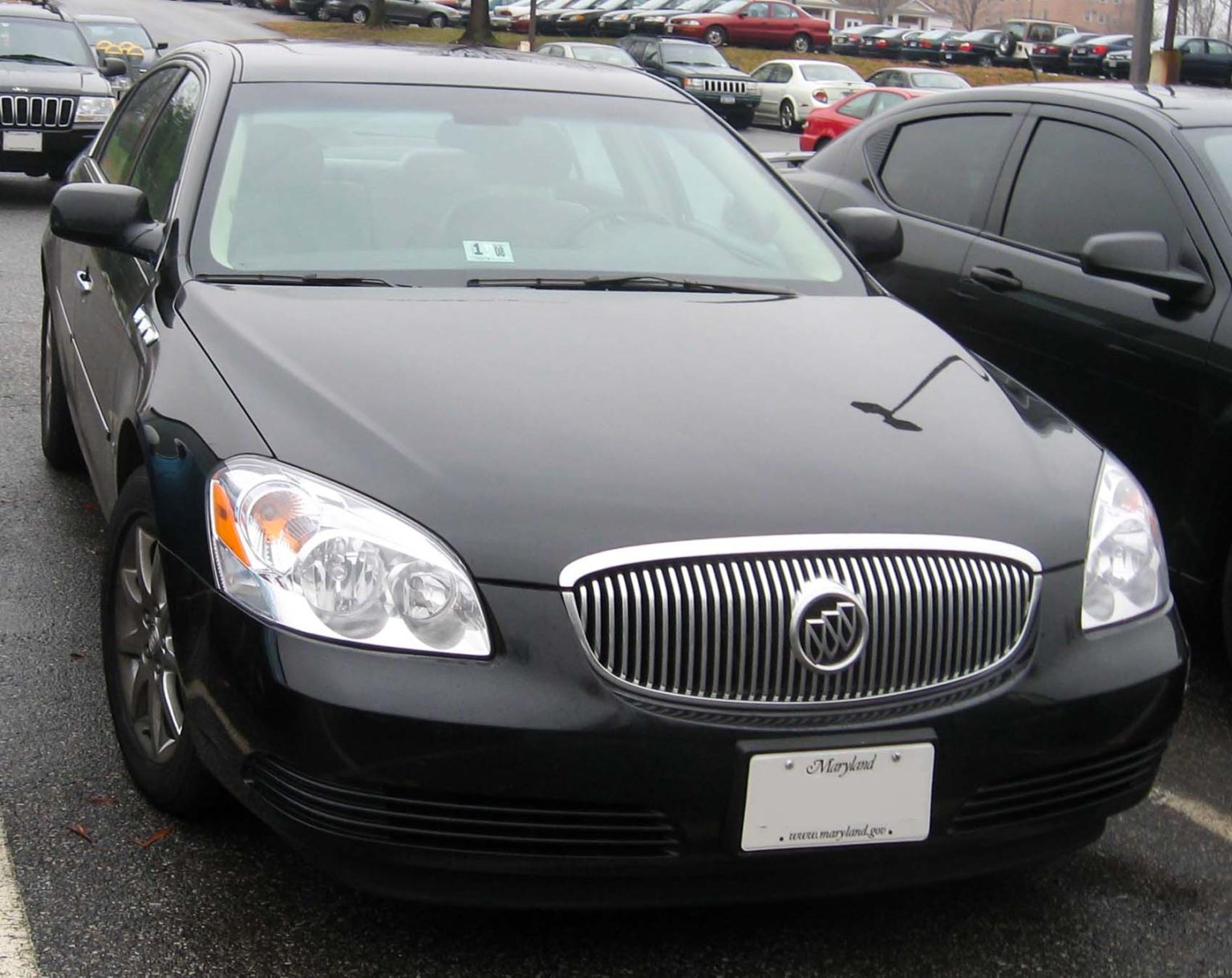2008 Buick Lucerne Transmission Problems

For owners of the 2008 Buick Lucerne, the road to smooth driving was often paved with frustration. Reports of transmission problems plagued the model year, leaving drivers stranded and facing costly repairs.
The issues ranged from hard shifting to complete transmission failure, impacting the vehicle's reliability and resale value. The repercussions of these mechanical faults rippled through owner communities, prompting investigations and legal actions.
The Heart of the Matter: Lucerne Transmission Woes
At the core of the 2008 Buick Lucerne's transmission troubles lay the 4T65-E automatic transmission. This transmission, used in a variety of GM vehicles, became a focal point of concern due to its perceived vulnerabilities in the Lucerne.
The "nut graf" of this story is that numerous owners reported premature failures of this transmission, often occurring well before the expected lifespan of such a component. Failure symptoms included slipping gears, erratic shifting patterns, loud clunking noises, and, in severe cases, complete immobilization of the vehicle.
These issues sparked significant debate about the transmission's design and its suitability for the Lucerne's powertrain.
Recurring Complaints and Reported Symptoms
Online forums and complaint databases buzzed with accounts from disgruntled Lucerne owners. One recurring theme was the sudden and unexpected nature of the transmission failures.
Many owners reported experiencing no warning signs before the transmission abruptly failed. Others described a gradual decline in performance, characterized by rough shifting and hesitation during acceleration.
"I was driving on the highway when suddenly the car wouldn't accelerate anymore," recounted one owner on a popular Buick forum. "The transmission just gave out. It was a nightmare."
Investigating the Cause: Potential Contributing Factors
While a definitive root cause remained elusive, several potential contributing factors were identified. Some experts pointed to the 4T65-E's inherent design limitations, suggesting that it was not robust enough to handle the Lucerne's weight and engine power.
Others speculated that inadequate cooling or improper maintenance practices may have exacerbated the problem. Still, others suggested that a specific batch of transmissions produced during the 2008 model year may have contained manufacturing defects.
GM never issued a recall specifically addressing the 2008 Lucerne transmission issues, despite the widespread reports. This lack of official action further fueled frustration among owners.
Aftermarket Solutions and Owner Experiences
Faced with the high cost of replacing the faulty transmission, many Lucerne owners sought aftermarket solutions. Some opted for rebuilt or remanufactured transmissions, while others explored the possibility of upgrading to a more robust unit.
The experiences with these aftermarket solutions varied widely. Some owners reported success with rebuilt transmissions, while others continued to experience problems even after replacement.
"I replaced my transmission with a rebuilt one, and it's been running fine for the past two years," shared another Lucerne owner. "But I'm still nervous about it failing again."
Looking Ahead: The Legacy of the 2008 Lucerne Transmission
The transmission issues that plagued the 2008 Buick Lucerne cast a long shadow over the model year's reputation. Although the vehicles are aging, the lingering concerns continue to affect resale values and owner peace of mind.
The situation serves as a cautionary tale about the importance of robust design, thorough testing, and prompt action in addressing known mechanical defects. While some owners found resolution through repairs or replacements, the overall experience highlighted the potential financial and emotional toll of widespread vehicle problems.
Ultimately, the legacy of the 2008 Buick Lucerne's transmission issues underscores the critical role of manufacturer accountability and the need for proactive measures to prevent similar problems from impacting future generations of vehicles.


















